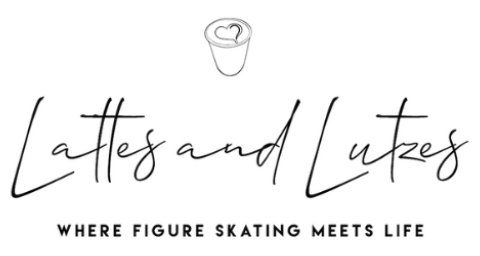
Have you ever pondered the captivating history behind figure skating? How did it evolve into the beloved sport we cherish today, and what impact has it left on our cultural heritage? To explore these questions, I had the privilege of conversing with figure skating historian Jane Piercy, who holds the esteemed position of official historian at The Skating Club of Boston, an institution deeply entwined with the rich tapestry of US figure skating history.
Jane’s journey into the realm of figure skating history began under the mentorship of her then-coach, Tommy McGinnis. Beyond imparting skating techniques, Tommy instilled within her a profound reverence for the artistry, music, and choreography inherent in figure skating. As her involvement in the skating community deepened, Jane had the honor of collaborating closely with Ben Wright, a distinguished figure skating historian and both served on the board of directors for the Skating Club. Ben garnered widespread recognition within the skating community for his meticulous documentation and extensive knowledge, providing invaluable insights into the sport’s evolutionary trajectory.
Among the notable milestones in figure skating history were the achievements of Dick Button (1948 & 1952) and Tenley Albright (1952 & 1956), esteemed members of The Skating Club of Boston and the first two Americans to medal at the Winter Olympics.
A pivotal moment in figure skating history unfolded with the tragic plane crash in 1961, leaving an indelible mark on the sport. However, out of this sorrow emerged initiatives such as the Memorial Fund, serving as a testament to the skating community’s resilience and solidarity. Marian Proctor who made important contributions to the Memorial Fund also spearheaded the development of the Learn to Skate program, which remains robust today. This program serves as the first introduction to the sport for many individuals, opening it up to new audiences and significantly contributing to the diversity and inclusion observed in figure skating today.

Another significant transformation occurred with the discontinuation of school figures in the early 1990s, leading to a shift towards the technical aspects of skating and paving the way for the proliferation of multi-rotational jumps seen today. Concurrently, novel disciplines like synchronized skating, solo dance, and Theater on Ice gained traction, offering diverse opportunities for skaters of all ages and backgrounds.
Delving deeper into figure skating history, Jane illuminated lesser-known narratives highlighting the courage and trailblazing spirit of figures like Maribel Vinson Owen, an extraordinary athlete and activist who left an indelible imprint on the sport. Notably, Owen defied conventions by refusing to salute Adolf Hitler at the 1936 Olympics in Berlin, Germany.
Looking ahead, the future of figure skating appears promising, with concerted efforts to foster diversity, inclusion, and innovation. Jane cited the burgeoning popularity of adult skating and competitions, along with groundbreaking projects like Gabriella Papadakis and Madison Hubbell’s exploration of same-gender skating, which challenge traditional notions of pairs and ice dance.
By preserving and commemorating this rich tapestry of history, we pay homage to the trailblazers who have shaped the sport’s trajectory and pave the way for its continued growth and success in the years to come. Share in the comments: Who is your favorite figure skating trailblazer or moment in history?

0 Comments